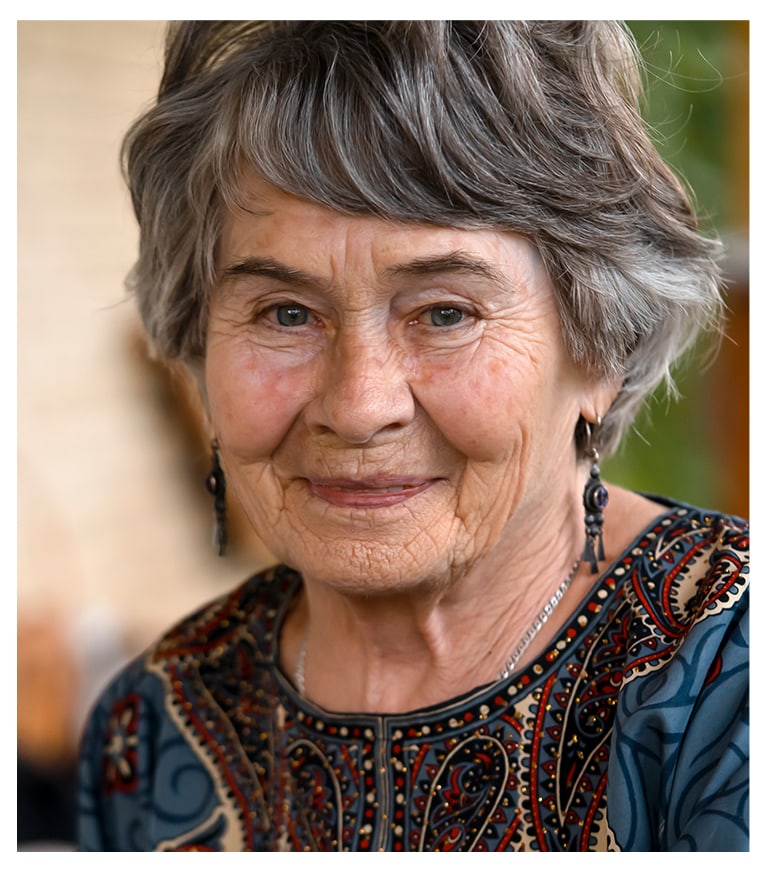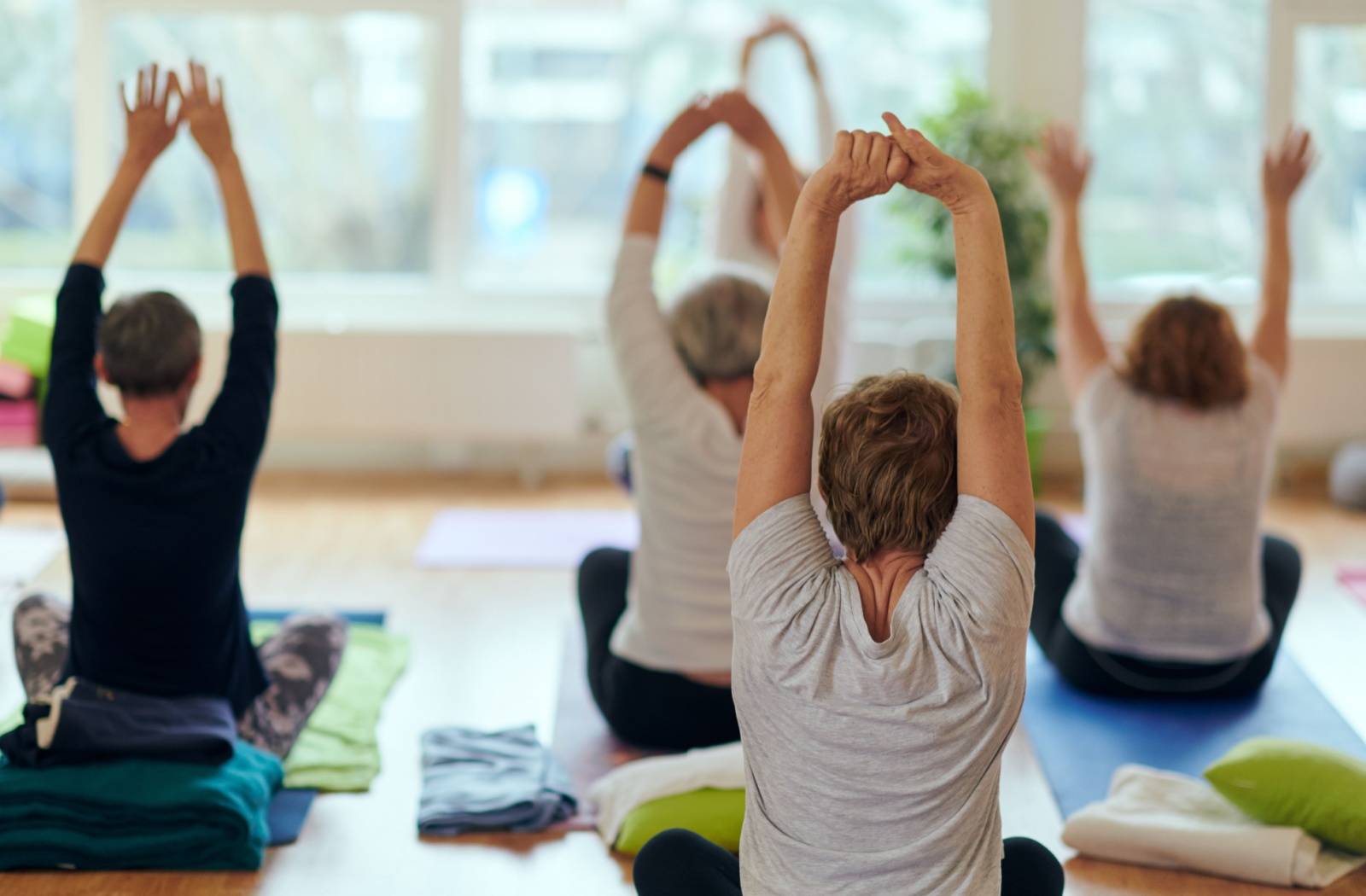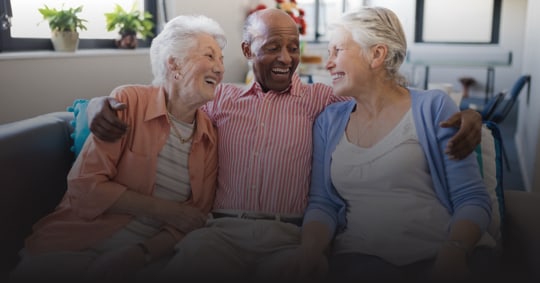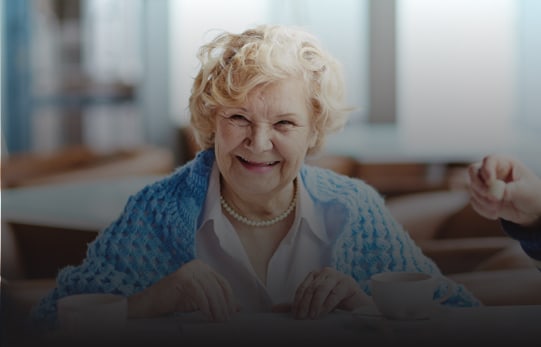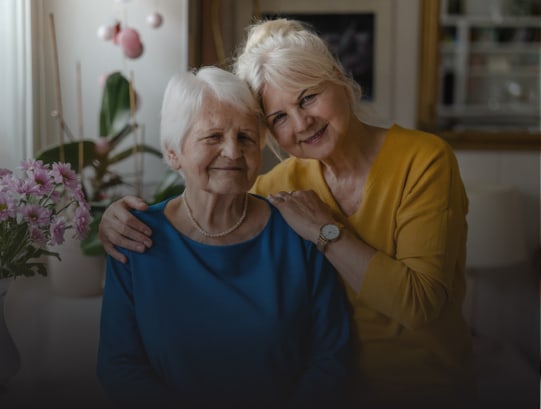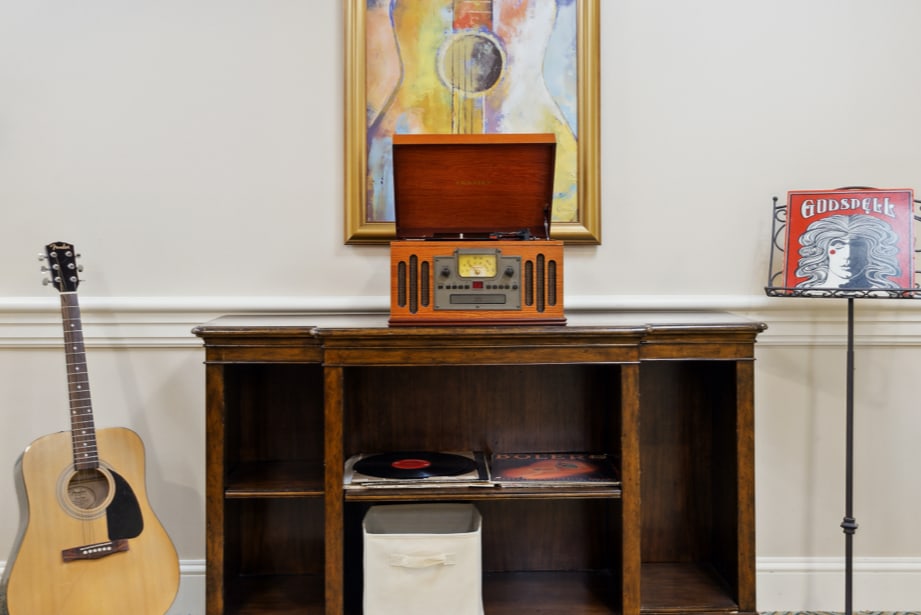Physical activity is essential for maintaining health and well-being in seniors living with dementia or memory conditions. Regular movement can help preserve cognitive function and improve mood in memory care communities.
Gentle activities, such as chair yoga, walking, or dancing, can increase blood flow to the brain, promote better sleep, and maintain muscle strength and balance.
How Physical Activity Benefits Seniors with Dementia
Physical activity plays a crucial role in supporting the well-being of individuals with cognitive impairment. Research indicates that staying active can also help slow cognitive decline and reduce behavioral symptoms of dementia.
The key is to check that activities are both safe and enjoyable, making them accessible for seniors with memory challenges. These experiences support physical health and also provide mental stimulation and social engagement, which are crucial for overall well-being.
Beyond improving physical fitness, movement offers significant mental and emotional benefits that can increase quality of life. Here’s why it matters:
- Reduces agitation & anxiety: Exercise releases endorphins, improving mood and promoting calm, which can lead to better sleep and fewer wandering behaviors.
- Boosts social interactions: Regular movement can help seniors feel more at ease, encouraging better engagement with others.
- Supports cognitive function: Physical activity stimulates brain activity, fosters the formation of new neural connections, and may help maintain existing abilities for longer.
While exercise cannot reverse dementia, it can help slow the progression of certain symptoms and increase overall well-being. Incorporating regular physical activity into daily routines is a powerful way to support both the mind and body.
6 Physical Activities Perfect for Memory Care
Staying physically active is an excellent way to support both the mind and body, especially for those in memory care. Here are six gentle and enjoyable activities that can promote well-being and foster connection.
Walking Groups
Supervised walking groups provide both physical exercise and social connection. These walks can take place indoors or in secure outdoor spaces, depending on the community’s layout. Walking at a comfortable pace helps maintain cardiovascular health while offering opportunities for conversation and sensory stimulation.
Dancing
Music and movement naturally go together, making dancing an enjoyable form of exercise. Whether it’s swaying to familiar tunes or participating in simple dance steps, this activity combines physical movement with emotional connection through music. Many seniors respond positively to songs from their younger years.
Chair Exercises
Chair-based activities alleviate concerns about balance while still providing a meaningful physical activity. These exercises may include seated marching, arm lifts, or gentle twisting movements. Chair exercises can be performed individually or in groups, making them versatile for various care needs.
Gentle Yoga
Yoga adapted for seniors with memory conditions focuses on gentle stretches and breathing exercises suitable for individuals with memory conditions. Chair yoga is particularly good, allowing participants to remain seated while still benefiting from gentle movements. These sessions typically include arm circles, neck rolls, and basic breathing techniques that help reduce stress and improve flexibility.
Tai Chi
Often referred to as “meditation in motion,” tai chi involves slow, flowing movements that help balance and coordination. The gentle nature of tai chi makes it ideal for seniors with mobility limitations. Simple movements, such as “wave hands like clouds,” can be practiced while standing or sitting.
Gardening

Therapeutic gardening engages multiple senses while providing gentle physical activity. Simple tasks, such as watering plants, touching soil, or picking herbs, offer opportunities for movement without feeling like formal exercise. Gardening can also trigger positive responses and create a sense of purpose.
How the Grande at Creve Coeur Makes Physical Wellness Easy
At The Grande at Creve Coeur, physical wellness is a part of daily life for memory care residents. Through structured programs and a holistic approach, the community helps residents remain active in ways that improve their overall well-being.
- Structured activity plans: Tailored to match each resident’s abilities and interests, created in collaboration with healthcare providers.
- On-site therapy services: Physical therapy has safe movement programs, while occupational therapy supports individuals in performing meaningful daily activities.
- Creative wellness programs: Art therapy and sensory experiences can integrate movement in engaging and therapeutic ways.
- Welcome home program: Helps new residents transition smoothly into community life, with safe, active participation.
The Grande at Creve Coeur prioritizes the mind, body, and spirit, creating a nurturing environment where residents can stay active, engaged, and fulfilled.
Moving Forward with Confidence
Dementia and Alzheimer’s are complex cognitive conditions that affect everyone uniquely. The Grande at Creve Coeur is a Lilac Trace Memory Care community operated by certified dementia practitioners (CDP) who follow a well-researched care philosophy.
Physical activity should never feel overwhelming or stressful for seniors with memory conditions. When choosing activities, consider what brought joy in the past. Someone who loved dancing might respond well to music and movement, while a former gardener might find peace in tending to plants. The goal is to create positive experiences that include physical movement.
Contact us today to discover how an individualized wellness approach to health can make a significant difference in helping your loved one connect with their past while cherishing present moments.
